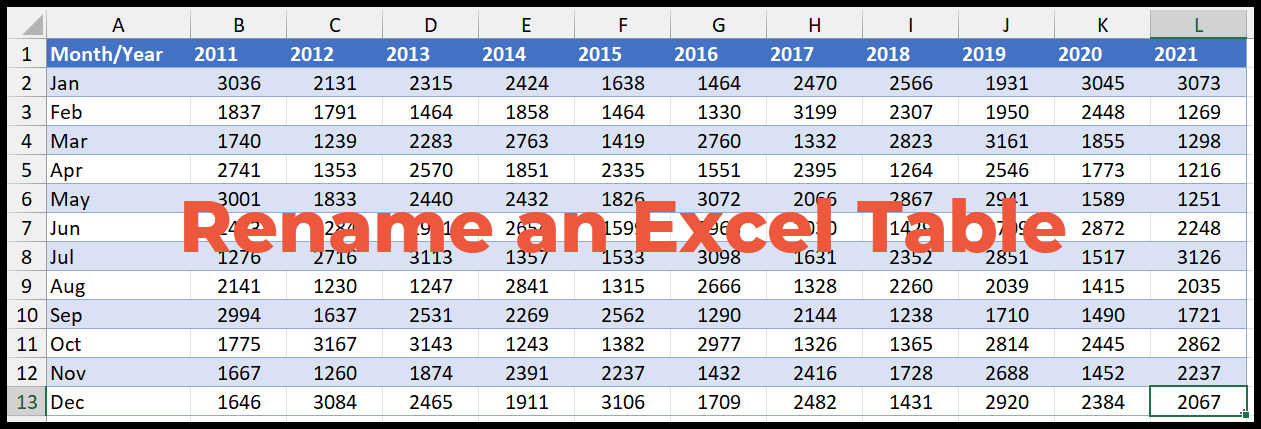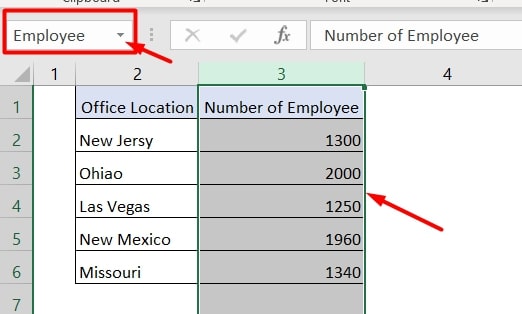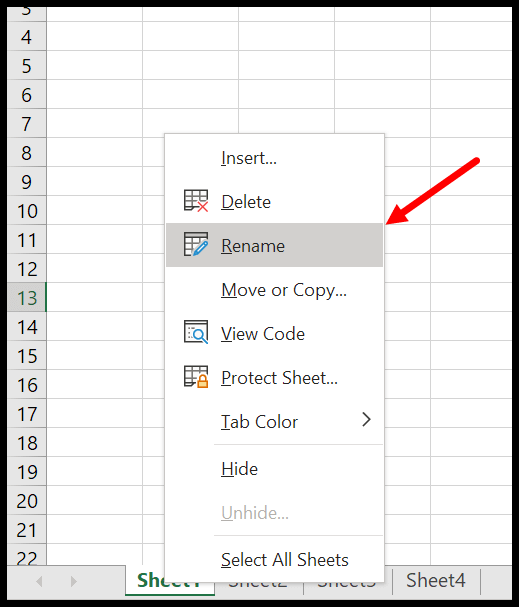5 Simple Steps to Rename Excel Sheets with Python

⚠️ Note: This post assumes you have basic programming knowledge in Python, familiarity with Excel spreadsheets, and a willingness to automate some of your tedious tasks.
Introduction to Python and Excel Automation

Microsoft Excel, with its wide range of functionalities, is a go-to tool for data analysis and management. However, manual tasks like renaming sheets can become repetitive and time-consuming when working with large datasets or multiple spreadsheets. Here’s where Python steps in, offering an elegant solution through libraries like openpyxl, allowing you to automate these tasks efficiently.
Setting Up Your Python Environment

Before diving into the code, ensure you have Python installed on your computer. You’ll also need to install openpyxl, a powerful library for manipulating Excel files. Here are the steps:
- Install Python if not already done. You can download it from Python’s official website.
- Open a command prompt or terminal:
pip install openpyxl
📚 Note: To run Python code, you can use an IDE like PyCharm, Visual Studio Code, or simply the terminal. Choose whatever you're comfortable with.
Step 1: Importing the Required Library

The journey begins with importing the necessary module from openpyxl:
from openpyxl import load_workbook
Step 2: Loading Your Excel Workbook

Next, you’ll load the workbook into your Python environment. Here’s how you do it:
workbook = load_workbook(filename=“your_workbook.xlsx”)
Step 3: Accessing the Sheets

With the workbook loaded, accessing the sheets becomes straightforward:
sheet_names = workbook.sheetnames print(sheet_names) # To display all current sheet names
Step 4: Renaming the Sheets

Now, let’s rename sheets. You can either manually input the old and new names or use a loop to rename sheets in a pattern:
- Manual Renaming:
workbook[‘Sheet1’].title = “RenamedSheet1” workbook[‘Sheet2’].title = “RenamedSheet2”
for index, sheet_name in enumerate(sheet_names):
workbook[sheetname].title = f”Sheet{index+1}”
✏️ Note: Renaming sheets this way will overwrite any existing sheets with the same name without warning.
Step 5: Saving Your Changes

After renaming, ensure your changes are saved back to the file:
workbook.save(‘your_workbook.xlsx’)
To sum up the process, here's a simple example of what your Python script might look like:
from openpyxl import load_workbook
# Load the workbook
workbook = load_workbook(filename="your_workbook.xlsx")
# Display current sheet names
sheet_names = workbook.sheetnames
print("Current Sheet Names:", sheet_names)
# Rename the first two sheets
workbook['Sheet1'].title = "RenamedSheet1"
workbook['Sheet2'].title = "RenamedSheet2"
# Save changes
workbook.save('your_workbook.xlsx')
Notes on Automation

- Automation can save countless hours when working with Excel, especially for repetitive tasks.
- Always ensure you have a backup of your data before automating changes.
- Python's integration with Excel via openpyxl extends beyond renaming sheets, encompassing nearly all Excel operations.
In wrapping up, automating the task of renaming Excel sheets with Python's openpyxl library demonstrates the power of integrating scripting into your workflow. With minimal code, you can streamline repetitive tasks, freeing up more time for analysis or other crucial aspects of your work.
Can I rename sheets in an Excel file that’s open?

+
No, you need to close the file first, otherwise, you’ll encounter errors when trying to save changes made via openpyxl.
How do I check if a sheet with the new name already exists?

+
You can use a simple check before renaming:
if “NewSheetName” in workbook.sheetnames:
print(“A sheet with this name already exists.”)
What if I want to rename sheets based on their content?

+
You could extract cell values or any unique data point as the new sheet name. Here’s a basic example:
sheet = workbook[‘Sheet1’]
new_name = sheet.cell(row=1, column=1).value # Assuming the new name is in A1
workbook[‘Sheet1’].title = new_name
What else can I automate with Python and Excel?

+
Virtually anything you can do manually in Excel, from data entry to complex calculations and formatting, can be automated with Python. Data extraction, report generation, and even data visualization can be streamlined.
Are there other libraries besides openpyxl?

+
Yes, besides openpyxl, you can explore libraries like:
- pandas with openpyxl for a data analysis focus.
- xlrd, xlwt, and xlutils for older Excel formats.
- win32com.client for direct COM interactions, mainly on Windows.